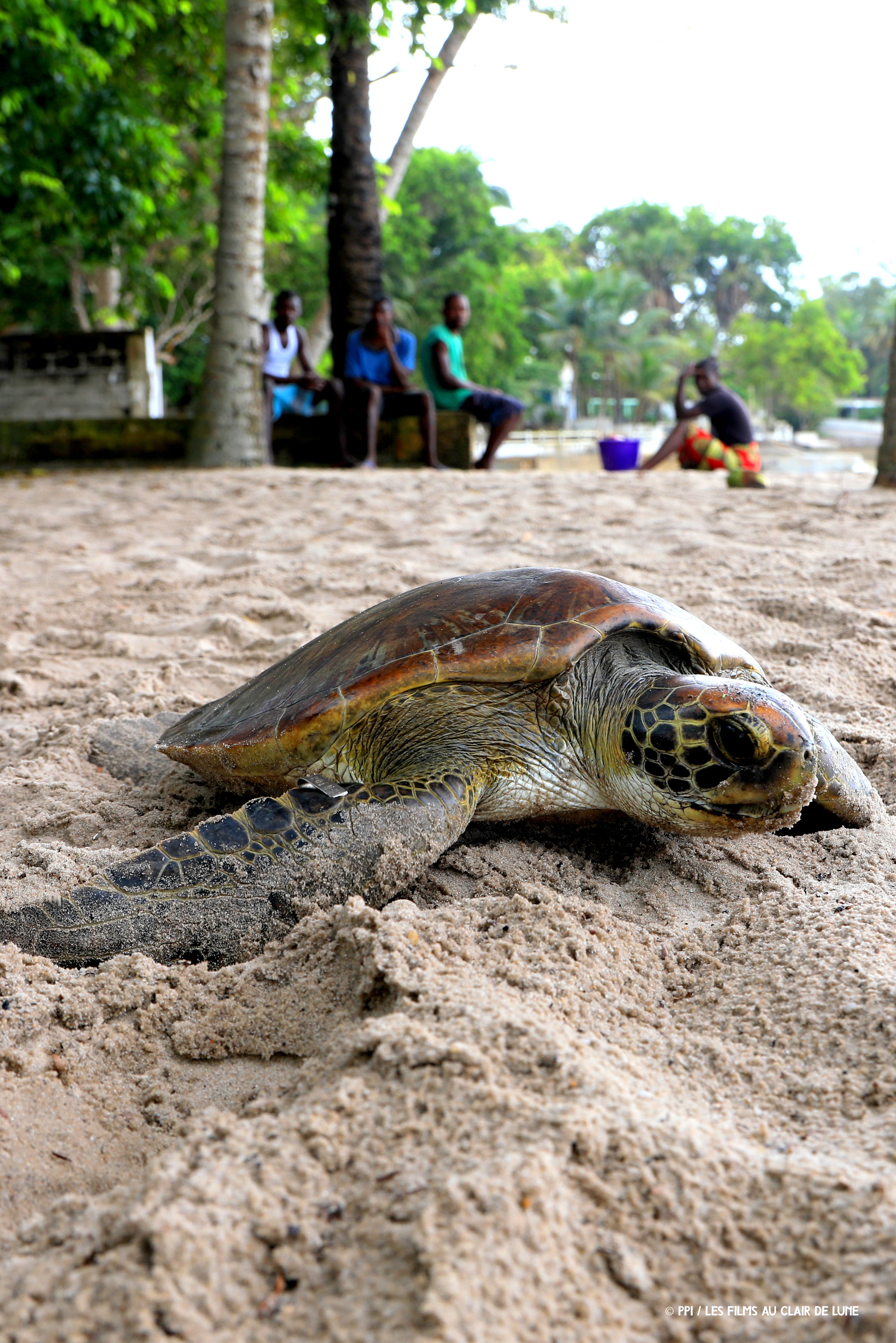- Creation-Management of Community based Protected Areas
- Bénéficiaire TUBE AWU
- Montant du projet 69 084€
- Subventions FFEM 35 000€
-
État du projet en cours
Located in the South region, Ocean department, straddling the arrondissement of Kribi 1er and the arrondissement of Campo, the marine park “Manyague na Elombo Campo” includes the villages Ebodjé, Mbendji, Bouandjo 1 (Iyassa) , Bouandjo 2 (Mvae), Malaba, Bokombé center and Campo Beach for a population of approximately 9,000 inhabitants. Several ecosystems dot the project area, including rivers, river mouths and mangrove forests, which are significant ecosystems due to their role in maintaining aquatic biodiversity.
Coastal erosion is the main threat to beaches and the backshore of the area. The rise in sea level seems to be the main factor accelerating the rate of erosion. This erosion causes many trees to fall on the beaches, making it difficult for sea turtles to access nesting beaches. Added to this is the growing proliferation of Nypa fruticans, an invasive plant species from the Arecaceae (palm) family; also called “water palm”.
The “Manyangue na Elombo Campo” marine national park is identified as one of the largest nesting and feeding sites for sea turtles in Cameroon. The environmental problem that therefore prevails along this coastal strip is the high mortality of sea turtles. The main threats responsible for this mortality are among others: the poaching of females on the beach and the harvesting of their eggs, the intentional or accidental taking of juveniles and females at sea by local artisanal fishermen, the destruction of spawning sites by sand mining and plastic pollution.
